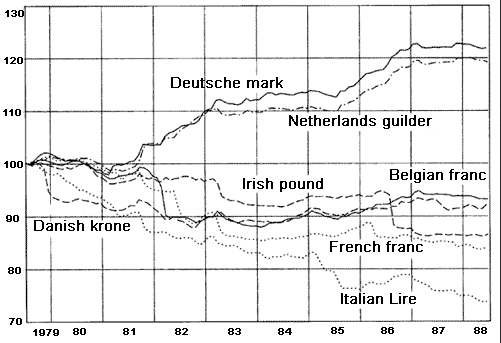By understanding what risk is in terms of its purported definition?
If you get the definition wrong, you won't understand the technical expression in either theory or practice.
So, get that right first!
#Risk is a two-sided phenomenon, like a coin!
2. The one side of the coin presents an Opportunity!
2.The another side of the coin presents a Threat!
On which side would you like to do betting?
The same holds true for a financial institution such as a bank.
The interpretation of #risk depends on your insights, your hunch, your gut feelings, your emotions, and last but the not least, your cognitive biases.
To understand Risk Management as a subject, you need to go deeper into the understating of the Psychology of Risk Perception.
Banks, often have a well-defined perception and documentation of risks, based on a certain taxonomy, which is used to identify, measure, manage and monitor both threats and opportunities that exist within an ecosystem aka financial and credit markets.
Banks risk generally fall into three broad-based risk register categories ->
1.Predictable Risks (Known Knowns)
2.Less Predictable Risks( Known Unknowns) which are also referred to as the Grey Rhinos.
3.Unpredictable Risks (Unknown Unknowns) which are the Black Swan Risk Events.
Predictable Risks are generally categorized into three categories=>
•Financial Risks (For e.g. Market Risk, Credit Risk, Liquidity Risk, ALM Risks, Portfolio Management Risks etc)
•Operational Risks (for e.g. Process risks or IT Risks that interface each stage of a transaction)
Furthermore, Internal Auditors(the third line of defence) make use of enterprise-wide risk registers, which are used to breakdown all Operational Risks, which includes Accounting and Financial Reporting risks at the level of an entity and/ or transactions.
Other Risks (for e.g. Reputational Risk, Legal Risk, Sovereign or Country Risk, Technological Risks, Environmental Risks, Social Risks, Business Model Risks, Corporate Strategy Risks, Internal Auditing Risks, Hybrid Business Risks, Business Continuity Risks,
Change Management Risks, Organizational Communicational Risks, Firm Wide Cultural Risks, Workforce Diversity Risks, Project Management Risks, Program Risks, Product Risks, Governance and Compliance Risks, and so on etc).
A. Measurable or Quantifiable risks can be hedged. These risks are also referred to as Statistical Risks. An e.g. are Financial Risks.
B. Non-measurable or Non-Quantifiable Risks cannot be hedged with the same level of ease and certainty.
These risks are often referred to as Non-Statistical Risks. An e.g. are Non-quantifiable Operational Risks, Reputational Risks or Other Risks such as Legal Risks.
Hence, banks before moving into the domain of randomness should distinguish between the technical concepts and expressions that bifurcate #Uncertainty and Statistical #Risk from one another.
All Risks do not fall into the contextual definition and allure of Uncertainty.
This is where bank risks managers often make a tragic mistake. They often apply statistical risk measurement models to situations where matters are complex and complicated.
For e.g. a normal event can be modelled using a Gaussian Distribution Model, but, you cannot use the latter to measure or predict, a non-normal or otherwise an abnormal event, which might become a source of financial or reputational affliction for the bank.
To further understand the difference between Risk and Uncertainty, I would advise you to further read both the treatises of #Frank #Knight and John Maynard #Keynes.
Hope this much introduction to the topic helps improve your understanding of #bank risk management.

